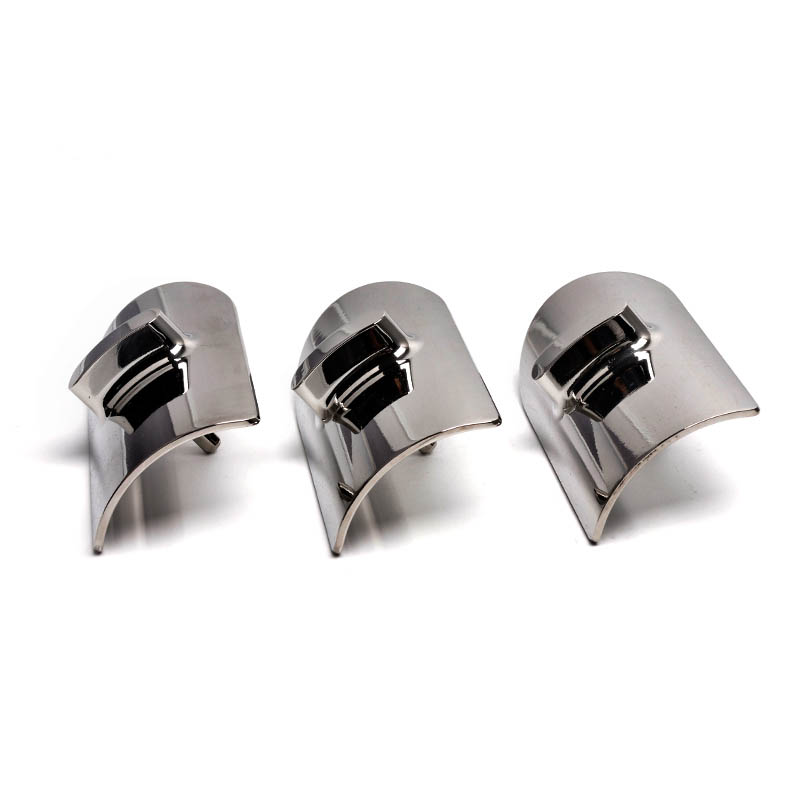
Metal fabrication is a crucial process in various industries, including automotive, aerospace, and construction. It involves transforming raw metal materials into finished products through cutting, welding, bending, and shaping. One of the most critical aspects of metal fabrication is using the right machine for the job to ensure precision and efficiency.
In the early days of metal fabrication, skilled artisans used manual tools such as hammers, anvils, and chisels to shape metal. These traditional methods required a high level of craftsmanship and were time-consuming. However, with advancements in technology, automated machines revolutionized the industry by increasing productivity and accuracy.
There are several types of machines used in metal fabrication, each serving a specific purpose. Cutting machines are used to cut metal sheets and plates to the desired size and shape. Welding machines are essential for joining metal pieces together, while forming machines are used to bend and shape metal into different configurations.
Computer Numerical Control (CNC) technology has transformed metal fabrication by offering precise control over machining processes. CNC machines operate through programmed instructions to produce complex metal components with high accuracy. This technology enhances efficiency and consistency in metal fabrication tasks.
Laser cutting is a popular method used in metal fabrication due to its precision and speed. A laser beam is directed onto the metal surface to melt, burn, or vaporize the material, creating clean and precise cuts. Compared to traditional cutting methods, laser cutting offers higher accuracy and faster production times.
Plasma cutting technology uses a high-velocity jet of ionized gas to cut through metal materials. This method is ideal for cutting a wide range of metal thicknesses and shapes, making it versatile for various fabrication projects. Plasma cutting machines are known for their speed and efficiency in metal cutting processes.
Waterjet cutting machines utilize a high-pressure stream of water mixed with abrasive materials to cut through metal. This non-thermal cutting method is ideal for materials sensitive to heat and offers high precision and clean cuts. Waterjet cutting is suitable for intricate designs and thick metal sheets.
Press brakes and shearing machines are essential for bending and cutting metal materials to specific angles and dimensions. hydraulic system to bend metal sheets or Press brakes use a mechanical to bend metal sheets, while shearing machines cut through metal with precision. These machines play a crucial role in shaping metal components accurately.
Welding machines are used to join metal pieces through fusion processes. Different types of welding machines, such as MIG, TIG, and stick welders, offer various techniques for welding different metals and thicknesses. Welding plays a vital role in metal fabrication by creating strong and durable connections between metal components.
Centers CNC machining centers are versatile machines used in metalworking tasks such as milling, drilling, and turning. These machines operate with high precision and repeatability, making them ideal for complex machining processes. CNC machining centers enhance productivity and accuracy in metal fabrication projects.
3D printing technology has gained popularity in metal fabrication for its ability to create intricate metal components layer by layer. Metal 3D printers use powdered metal materials to produce complex shapes and structures with high detail. While 3D printing offers design flexibility and customization, it also has limitations in terms of material selection and production speed.
Using the right machine for metal fabrication processes is essential for achieving precision, efficiency, and quality in production. Selecting the appropriate machines for cutting, welding, forming, and machining tasks ensures successful fabrication projects. By understanding the role of different machines and technologies in metal fabrication, manufacturers can optimize their processes and meet customer requirements effectively.